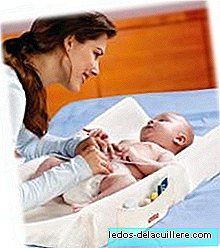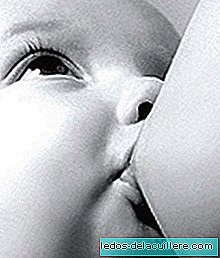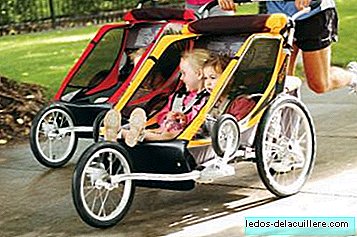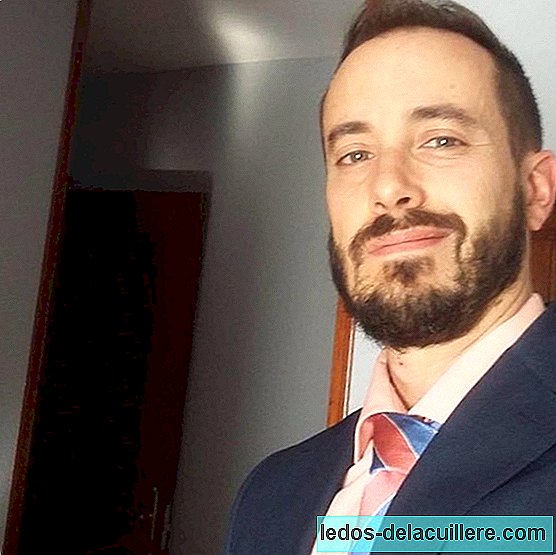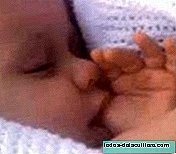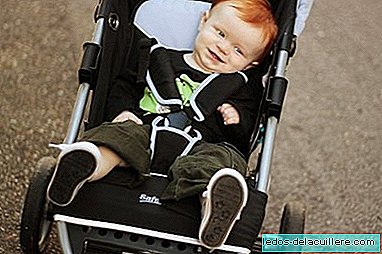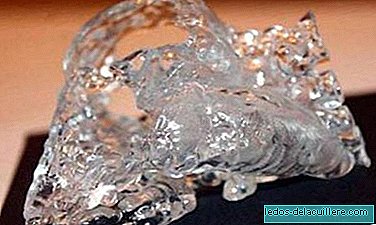
It is not the first time we talked about babies saved thanks to 3D printer technology and, luckily, I do not think this is the last time we do it. I love it when technology advances in such a way that it puts itself at the service of medicine and it welcomes it to achieve unimaginable things a few years ago.
This is what happened with a two-week-old baby who was born with a strange malformation in the heart that put his life in danger. They made a copy of his heart in 3D and so they could save his life.
It is not a prosthesis, it is a guide
It is true that 3D printing is being used to make prostheses that solve many health problems. In this case, 3D printing of the heart was not intended to become part of the baby, but serve surgeons as a guide.
The first thing they did was to perform an MRI to see what the baby's heart was like. Once done, they transferred the information to create a virtual copy that they then printed. That way they could have a copy of the baby's heart in front of them.

Already with her, they examined the malformation, saw what problems there were and studied how to solve them, so that the day of the intervention everything was the best possible.
As Emile Bacha, the surgeon who operated on the baby, explains in CNBC:
The baby's heart had holes, which are not uncommon in patients with congenital defects, but the cardiac chambers were also in unusual formation, like a maze. In the past we had to stop the heart and look inside to see what to do. With this technique, it was like having a map to guide us. We were able to repair the heart of a single operation.
That is to say, without the impression of the heart in 3D, the surgeons would have opened the baby, would have stopped their heart and would then have started the exploration of it to make decisions on the fly, in a much more complicated and long intervention. In this way, they operated knowing exactly what they had to do.
As I say, very happy to read this news and explain it to you and hopefully we will see these procedures more and more often. Surely many lives will be saved that a few years ago could not be saved.



